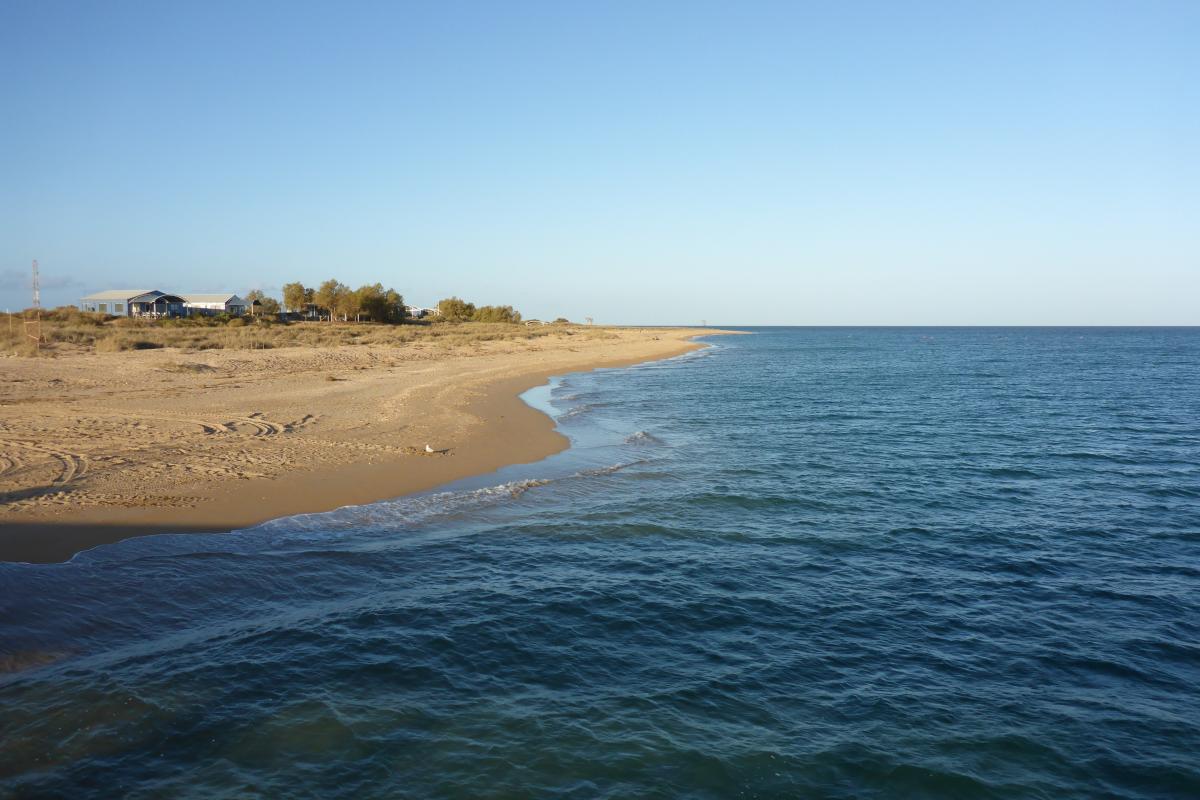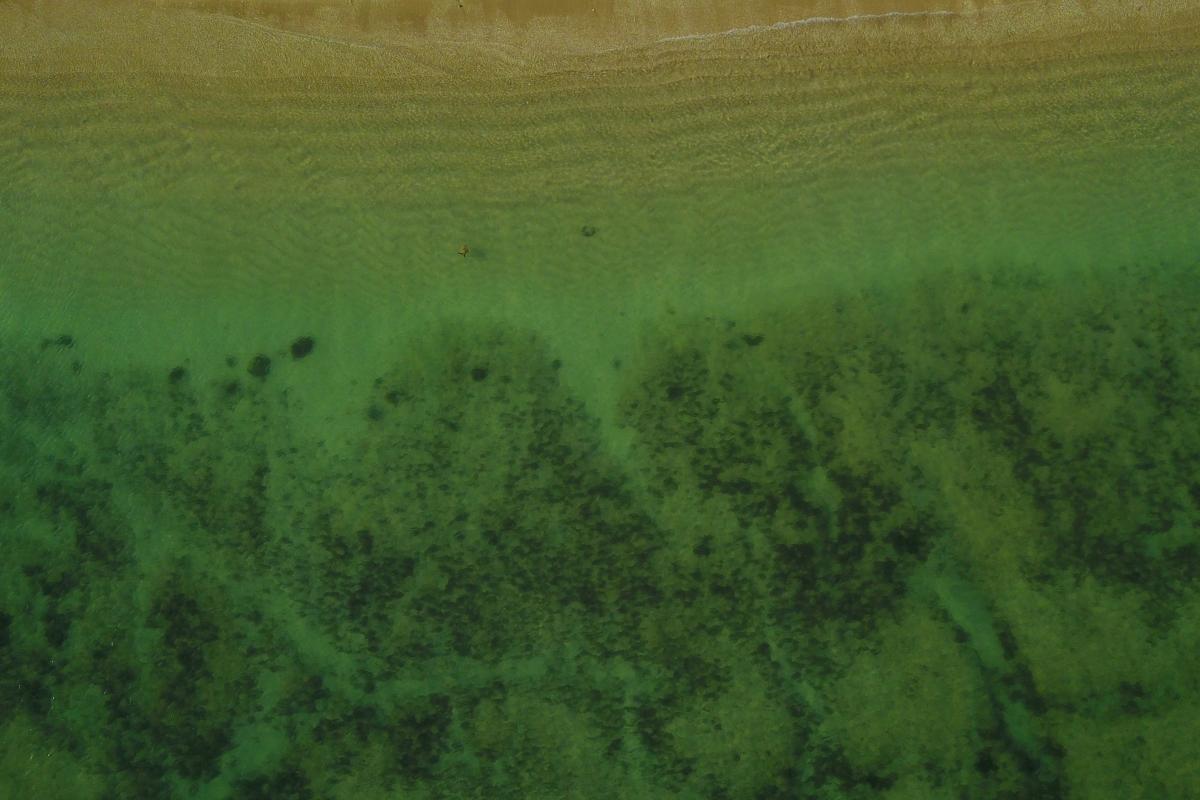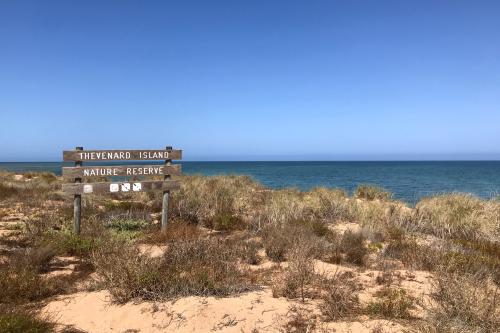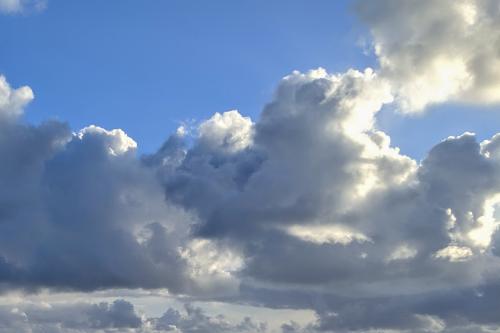About this park
The Pilbara Islands are a group of over 170 islands, islets, rocks and cays that lie between the bottom of Exmouth Gulf and the Regnard Islands near Cape Preston. These remote islands have immense natural, cultural, and heritage value and many of the islands are protected as nature reserves. The remaining islands are mainly unallocated Crown land but many are proposed to become nature reserves in the near future.
Located within a national biodiversity hotspot, the islands have high conservation value and provide a refuge for threatened and priority species, relatively free from the threats like introduced predators, light or noise pollution, development, bushfires and other disturbances. They also support priority ecological communities, priority flora, and increasingly rare pristine vegetation types.
Four species of marine turtle (green, loggerhead, hawksbill and flatback) nest on the islands, with major nesting beaches on North Muiron, South Muiron, Thevenard, Serrurier (Long), Sholl and the Lowendal Islands, as well as the coastal islands from Cape Preston to Locker Island.
The islands also host high numbers of migratory and resident shorebirds, and significant colonies of nesting seabirds. This includes critically endangered birds such as the curlew sandpiper, great knot, eastern curlew and the Northern Siberian subspecies of bar-tailed godwit.
Around one million wedge-tailed shearwaters migrate to the area each year, and form significant breeding colonies on Serrurier (Long), Bessieres, Airlie, Locker, North East Regnard, and the Muiron Islands. They visit from July onwards to prepare a burrow for nesting when November arrives. During the day the adult birds are out hunting and return to their burrows in the evening to feed their chicks. Visitors should avoid walking through vegetated areas to prevent collapsing burrows or crushing chicks.
The islands are rich in cultural and heritage values, with use by Aboriginal peoples spanning up to 50,000 years. They have continued to be important to Aboriginal peoples in recent millennia, with evidence that some were visited or used by Aboriginal groups in the region. The importance of these islands for Aboriginal peoples’ connection to country endures.
You can explore most of the nature reserve islands for day visits, however please be aware that the islands contain sensitive habitats and species, vulnerable to disturbances and introduced flora and fauna.
People often visit the islands while exploring the surrounding marine environment, which is popular for fishing, snorkelling and wildlife watching. For more information on this visit Muiron Islands Marine Management Area, Ningaloo Marine Park, and Barrow Island Marine Park.
There are 20 existing island nature reserves that contain 92 islands, islets and rocks. These nature reserves are:
- Great Sandy Island Nature Reserve
- Lowendal Islands Nature Reserve
- Whitmore, Roberts, Doole Islands and Sandalwood Landing Nature Reserve
- Muiron Islands Nature Reserve
- Burnside and Simpson Island Nature Reserve
- Thevenard Island Nature Reserve
- Tent Island Nature Reserve
- Serrurier Island Nature Reserve
- Bessieres Island Nature Reserve
- North Sandy Island Nature Reserve
- Y Island Nature Reserve
- Airlie Island Nature Reserve
- Weld Island Nature Reserve
- Locker Island Nature Reserve
- Victor Island Nature Reserve
- Round Island Nature Reserve
- Little Rocky Island Nature Reserve
- Gnandaroo Island Nature Reserve
- Rocky Island Nature Reserve
- Whalebone Island Nature Reserve
Note that access to Crown land islands (non-nature reserve islands) is managed by the Department of Planning, Lands and Heritage.
Safety information
Plan when to visit. Read this safety information about fishing, snorkelling and diving. Familiarise yourself with the Islands in the Pilbara visitor guide prior to departure. Consider travelling with a personal location beacon (PLB). In the event you need to be rescued it could save your life!
Gallery
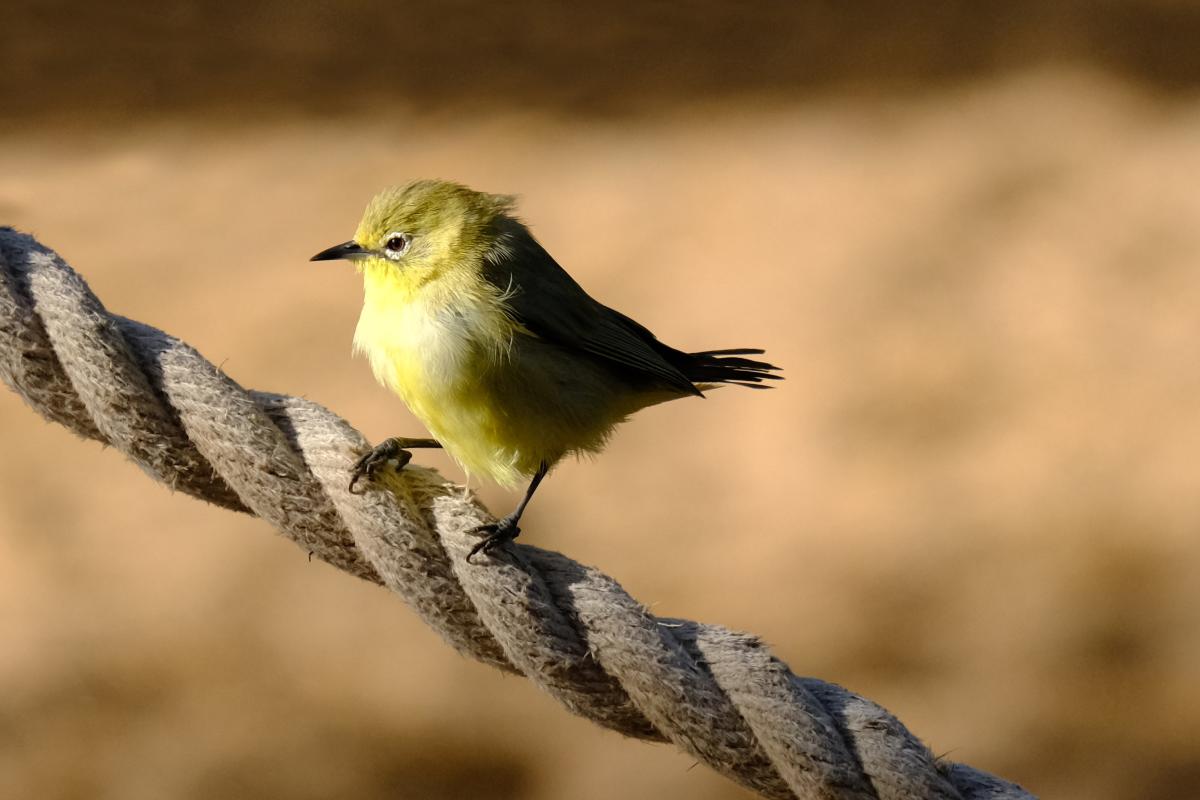
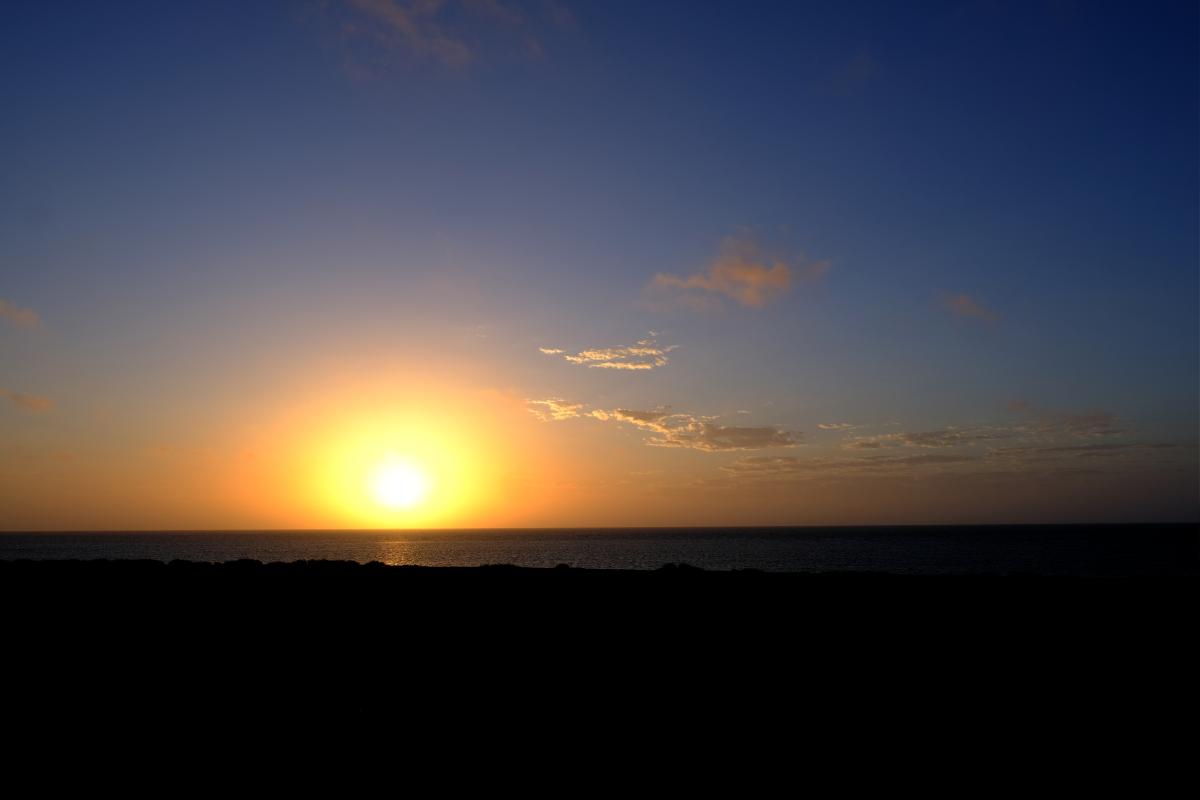

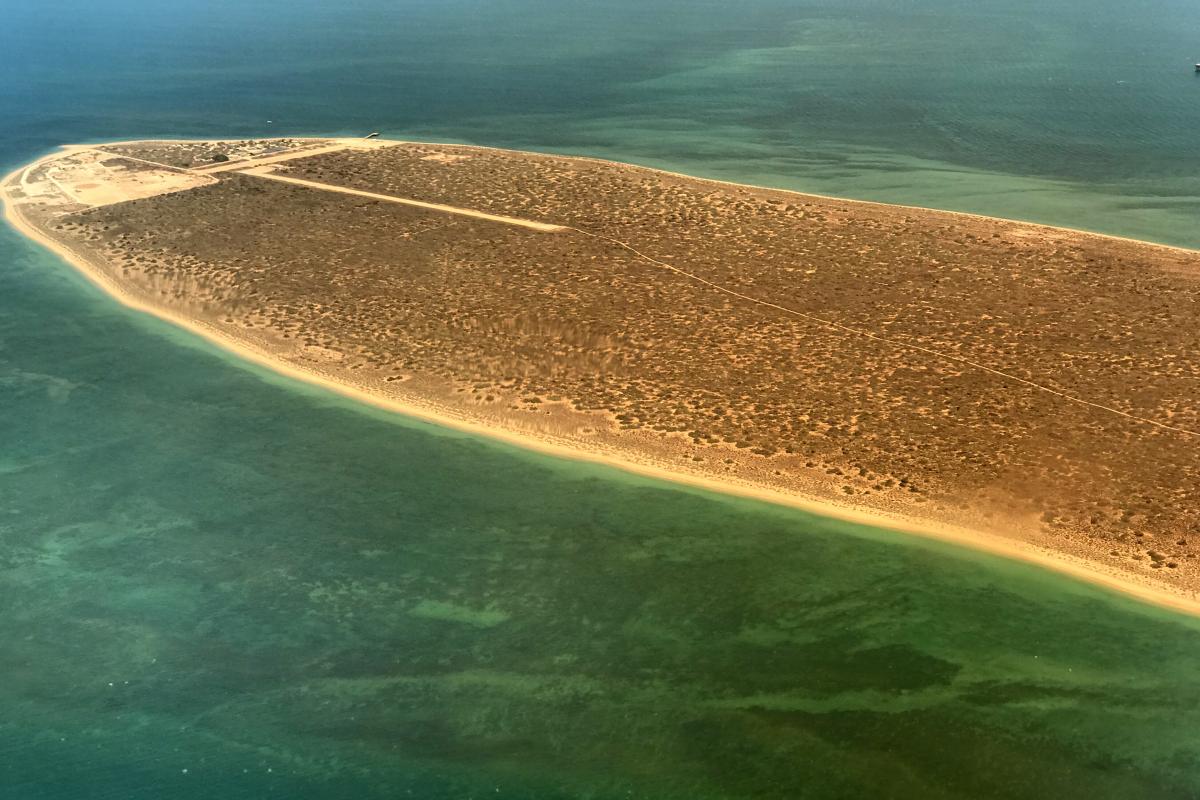
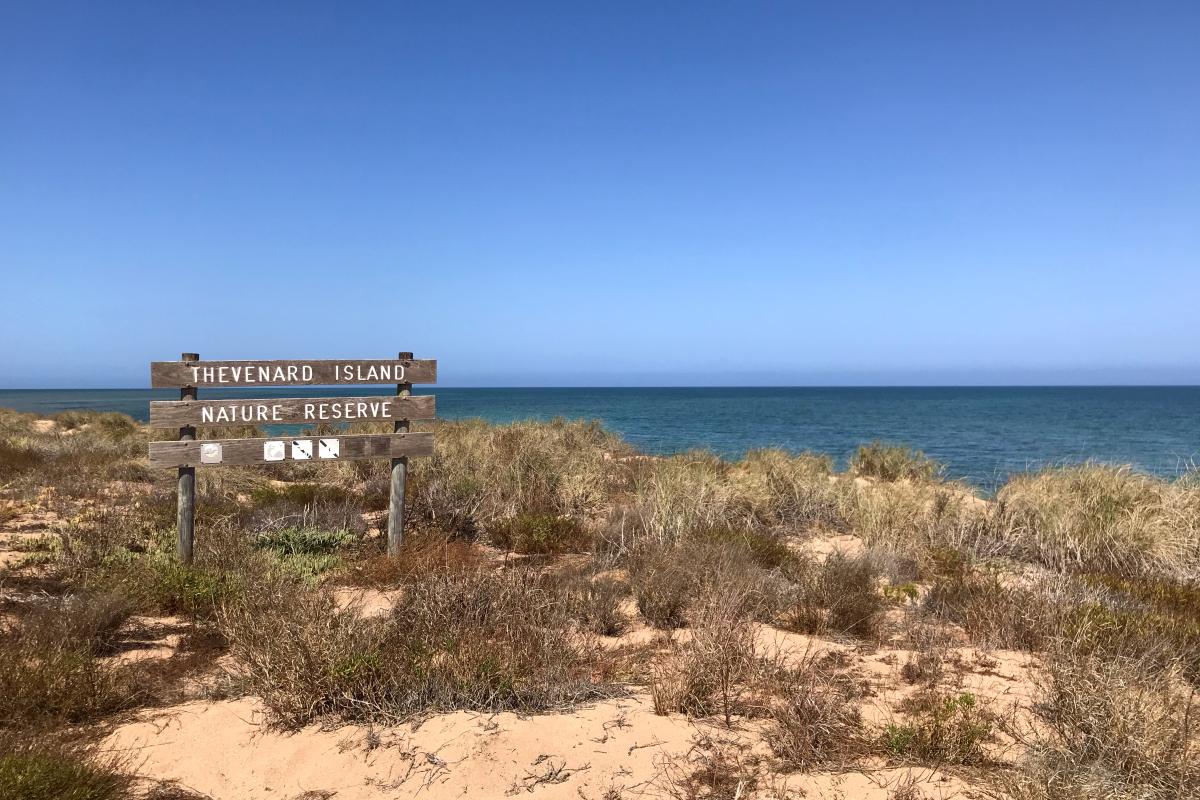
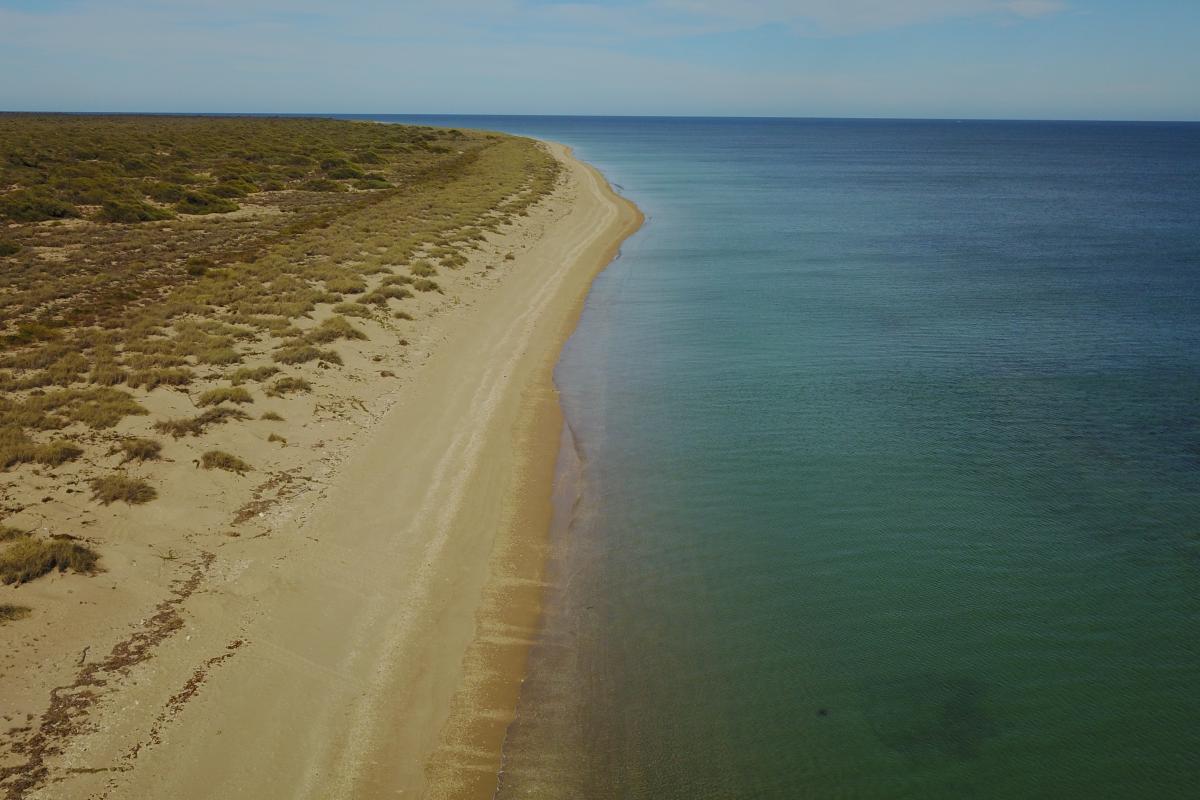
How can you help protect the islands?
Protecting these islands from introduced species is critical.
You can help by ensuring that you check your clothes and gear are clean of any soil, seeds, invertebrates (like ants) and vertebrates (like mice or geckos). Check under boot laces, and in the corners of pockets of clothes and bags. It only takes a short time and can mean all the difference to the protection of the species that rely on the islands.
Read the Islands in the Pilbara visitor guide prior to departure and follow the Island Visitors Code of Conduct, on pages 15-17. This brochure provides more information about these islands and outlines how to take appropriate quarantine and biosecurity measures, to minimise disturbances and be mindful of wildlife, to leave no trace, and where and how to camp responsibly.
Stick to the beach and avoid walking through vegetated areas to protect shearwater burrows and priority flora species, and prevent the spread of weeds.
Activities
 Fishing
Fishing
 Scuba diving
Scuba diving
 Snorkelling
Snorkelling
 Camping
Camping
Camping is only permitted on South Muiron Island and only from April to October and with a permit. Contact Parks and Wildlife Service Exmouth Office for more information and to apply for a permit.
Plants, wildlife and fungi
Visit the Atlas of Living Australia for a list of species recorded in Pilbara Islands Nature Reserves.
Traditional Owners
We recognise and acknowledge Aboriginal people as the traditional owners of Pilbara Inshore Islands Nature Reserve.
